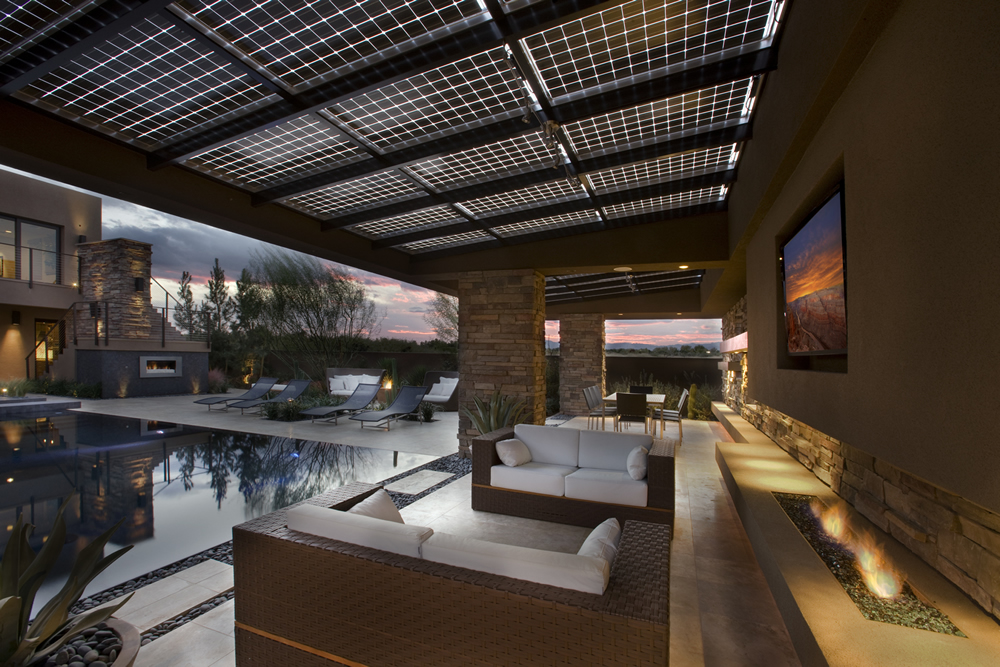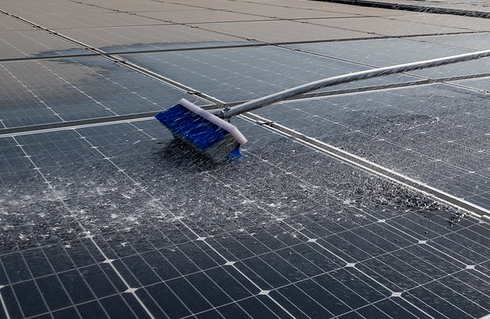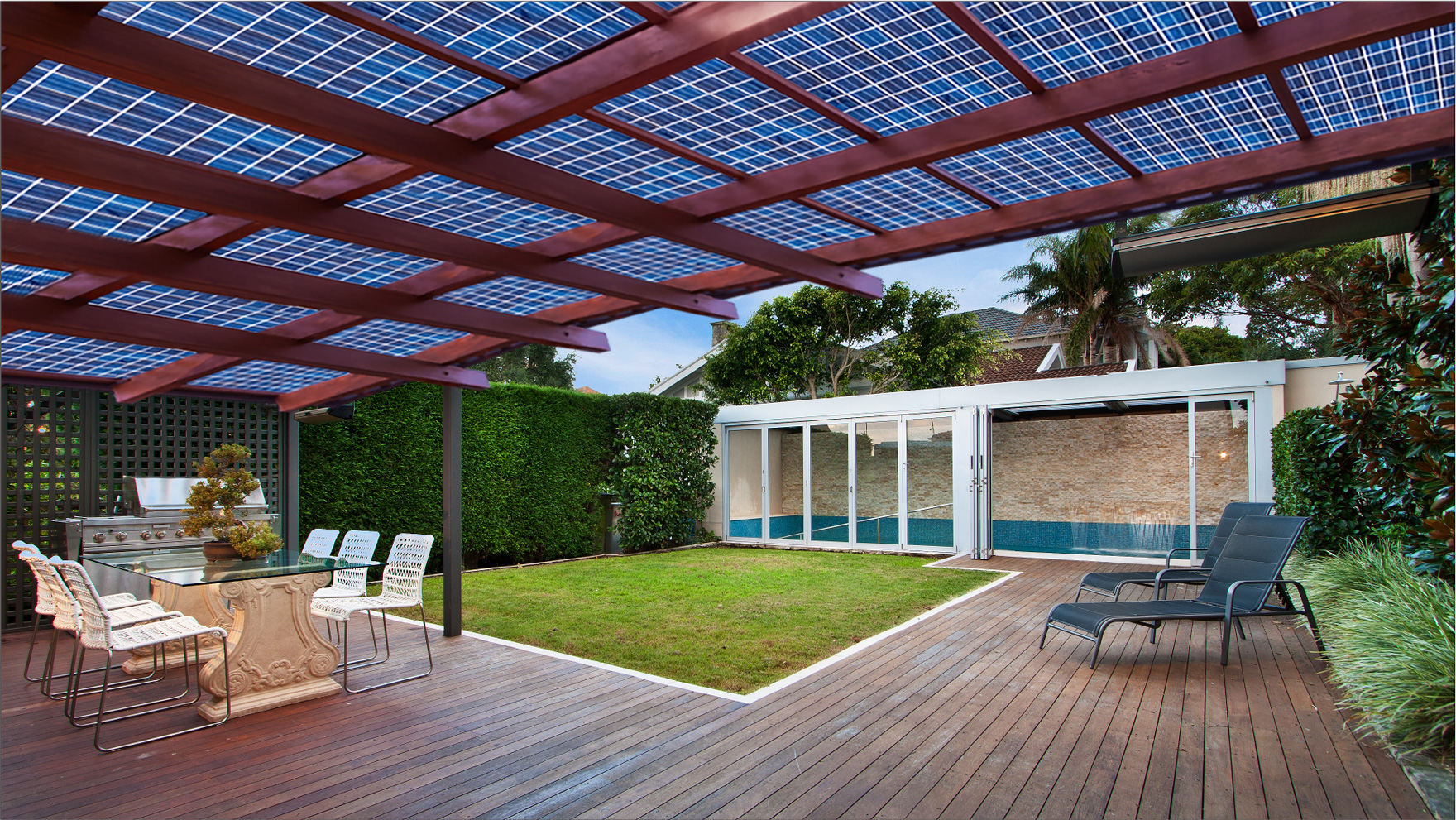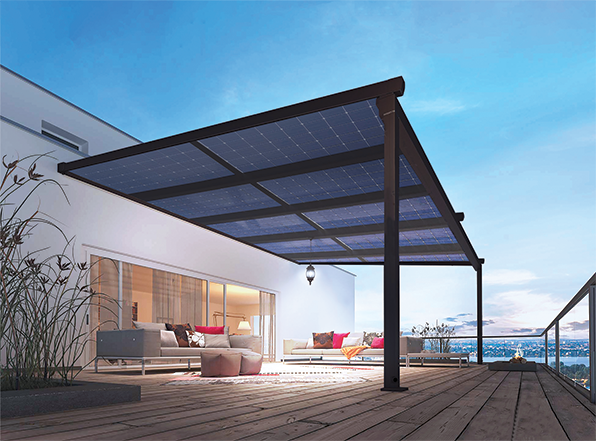Having solar panels in the house says a lot about the lifestyle of the residents. It indicates that they are not only conscious of the environment but also about their wallets. Solar panels are now one of the most aesthetical and environmentally friendly solutions for every sustainable home. At the same time, the current climate crisis has made us realized the importance of renewable sources of energy. Solar technology has proven to be the best option both in terms of economic & commercial viability. Solar energy is an environmentally viable option, it uses naturally occurring renewable resources like sunlight, unlike conventional energy-generating resources that use coal. They are entirely self-dependent devices. It is also pocket-friendly for a household to generate solar energy and if the generation exceeds consumption, you can give back to the electrical grid (in case of a net-metered connection) and earn credits, which can be used/ redeemed in subsequent months. Unfortunately, many people find solar panels bulky and less appealing for a house. But with the advent of technology, this is changing. The innovations in designs have brought up a range of aesthetically beautiful solar panels. This has increased the demand for these aesthetic solar plants.
Here are some of the ways with which you can aesthetically improve your open spaces of your home using solar panels: –
1. Unused roofs/ Flat roofs
Roofs play an important role in Indian households, but many times they are often left unused and unoccupied. With a growing space crunch in the city life, there is a need to utilize every part of our homes into usable spaces. Why only dry clothes on roofs when you can install solar panels and instead generate green electricity to power your home. Terra is a conventional Homescape standard rooftop solar power system that is about 3 feet high. It can be installed over roof objects like water tanks, AC vents, etc. This way rooftop solar panels at home can make your unutilized roof space into a space of worth which is also powering your home.
For people who want more than solar, if they want to transform their open spaces into terrace gardens, sit-outs, etc. they can go for Atrium – The Flagship Solar pergola. Atrium is a pergola styled solar plant by HomeScape. This elegantly designed solar power system can run the entire home on green energy. With a beautiful wooden finish exterior, steel-reinforced for strength and durability, this solar pergola acts as a perfect solution for people looking to beautify their homes with solar. The structure made to last for 25 years, can also withstand harsh weather conditions.
2. Parking Spaces/ Canopies
We often spend a hefty amount on covered parking areas or benched areas and driveways. These dormant spaces can be turned into monetizing units by adopting Aerial by HomeScape. It is an elevated canopy style rooftop solar power system that is about 9 feet high. It is a powder-coated and corrosion-resistant structure that gives it a long life. This makes our dormant spaces usable throughout the day.
3. Porches/ Outdoor seating/ Backyards
These spaces are linked to the indoor spaces nearby. In summers, these spaces can be used as active spaces to hang out throughout the day. But in areas where the sun is harsh, using them throughout is not a feasible option. In such scenarios, one opts for a Gazebo or some form of an enclosure. These enclosures are dormant elements that add only aesthetics to your outdoors. On the contrary, the Atrium by Homescape can be an ideal option to make these enclosures both aesthetical and functional in a sustainable manner.
You can set up space as
Dining areas –
- For a dining space design, a sleek table along with required chairs or stools can solve the seating requirements. Care should be taken that these furniture elements are weather and termite-proof like the Atrium Solar pergola by Homescape, as they would be semi-exposed.
- For making the space more usable during barbeques and family dinners, a deck with a separate zone for a barbeque or cooking purpose can give the space an appealing look.
- Adequate storage elements like low raised cupboards for storing kitchenware and cleaning products give more usability.
- For making the space more aesthetic, landscaping and, gardening can be done. The column reinforcements of the Atrium are distanced such that they give a floaty look to the design and make it aesthetically feasible to plants hanging pots and climbers all over it. This makes your home aesthetic as well as sustainable.
- For lighting purposes, pendant lights are an ideal option to illuminate the space during evenings. For the dining table, a chandelier can also be installed to give a proper hierarchy to the ceiling. Stairs or levels can be lined with LED strip lights to add a dynamic touch.
Recreational zone/ Leisure space –
Many houses use their porches or outdoor areas for recreational purposes. The purpose could be for exercising or rejuvenation.
- For the recreational zone with a Solar Pergola, space can be designed as per the activity. Rooftop solar panels at home act as a hybrid of indoor+outdoor spaces.
- For exercise, space can be kept with minimal furnishing and more green factors like plants. Plants on the ground & hanging pots on the pergola can give a calm feel to the space.
- For reading and rejuvenation, space can have more furnishings and seating spaces. Furniture needs to be such that it is comfortable to sit or lie down and read. For rejuvenation, sculptures and artworks can be an active part of the space decor.
- Lighting plays an important role in recreational spaces, for reading spaces, downlights, and pendant lights can be used. For rejuvenation, mild shades of downlights can add a sense of calm and visibility.
Solar designs have now reached a new era where there is a balance between aesthetics and functionality. The customization of Solar energy through HomeScape has given us more options to explore and make our homes into beautiful eco-homes.













